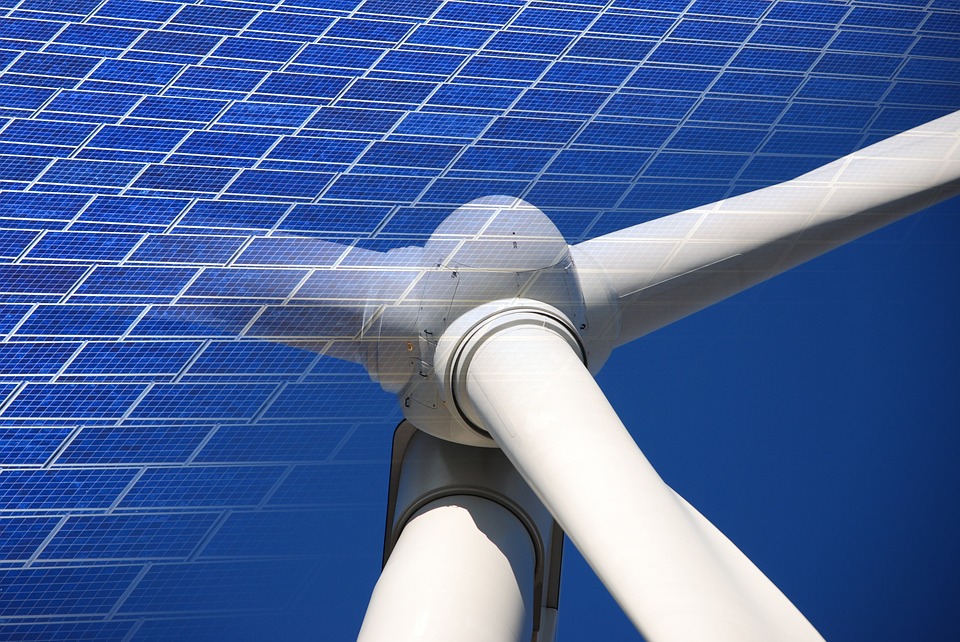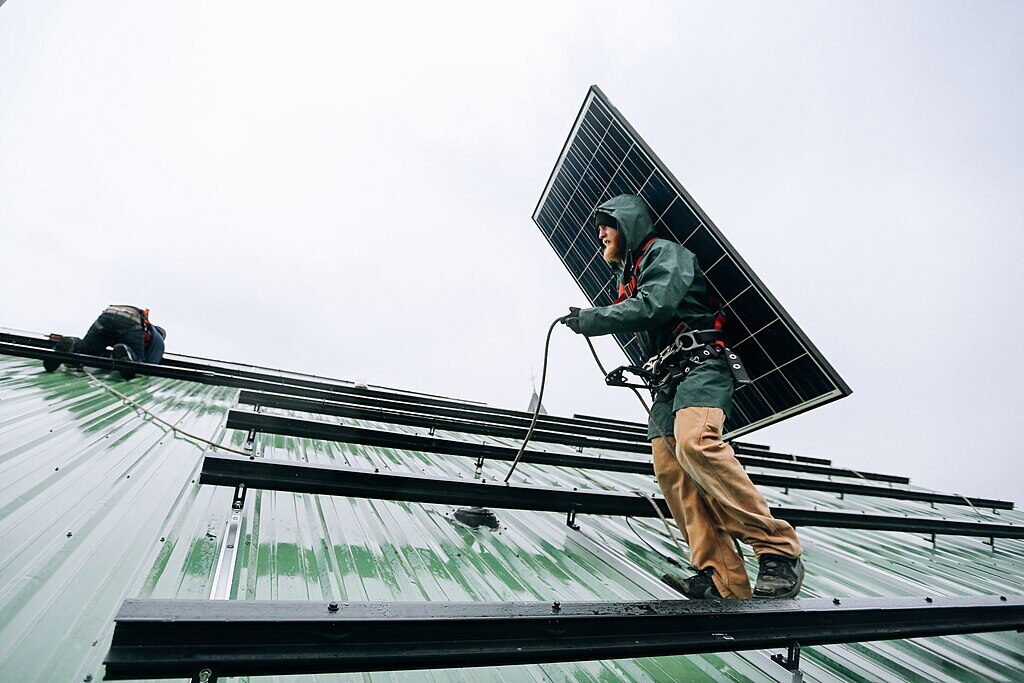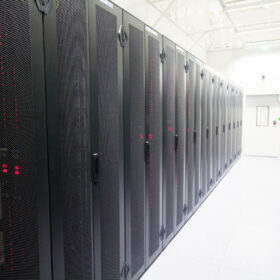Regions that have high penetration of solar and wind resources can experience an excess of energy supply, which drives down hourly power prices, particularly for renewables. This is a benefit for consumers, but the decline in market value can hurt producers, according to a new study from the Energy Department’s Berkeley Lab.
The study tracked market value of energy and capacity produced by 2,100 utility scale power plants across major power markets through 2019. The article appeared in Joule, “Solar and Wind Grid-System Value in the United States: The Impact of Transmission Congestion, Generation Profiles, and Curtailment.”
It found that output profiles (that is, how the output of generators matches local market prices, and the effect of transmission congestion had the largest impacts on market value. Curtailment, or the shutdown of solar and wind generators due to over-generation, had little effect.
When compared to a “flat block” of generation–a theoretical “always on” power plant–solar and wind saw a decline in market value as their grid penetration increased. Solar had relatively high market values at penetration levels below 3% but declined as penetration increased. Wind was less than the flat-block value even at low penetration, but declined at a lower rate as penetration increased.
While renewable energy market values have declined, costs have declined by even more. The report said this dynamic is reflected in the record number of proposed wind and solar projects, as evidenced by the volumes in interconnection queues.
Future trends in the market, technology, cost, and deployment have both positive and negative effects, said the study. It offered several ways to mitigate the decline in market value.
For one thing, mitigating decline in market value must be matched with its cause in each region. Building more intra-regional transmission would relieve congestion penalties, the study said. And shifting output profiles through energy storage, new rate structures, demand response, and flexible loads is likely to be more helpful to regions with issues in their output profiles.
Solar has been especially sensitive to market value decline due to its output profile. The study said the rise of hybrid solar-plus storage plants has helped in this regard. Wind turbines have resorted to using larger blades, allowing for improved generation during periods of low wind speeds. This boosts capacity factor, flattens the output profile, and reduces profile penalties.
The Berkeley Lab paper said that both forces are expected to continue and that market values will fall, as will costs. Mitigation efforts will likely be necessary for the decline in cost to win the race against the decline in value.
This content is protected by copyright and may not be reused. If you want to cooperate with us and would like to reuse some of our content, please contact: editors@pv-magazine.com.









This is a good article.
…
“Regions that have high penetration of solar and wind resources can experience an excess of energy supply, which drives down hourly power prices, particularly for renewables. This is a benefit for consumers, but the decline in market value can hurt producers, according to a new study from the Energy Department’s Berkeley Lab..” ..
..
This is one reason home solar systems, considered producers, are only getting 2 to 3 cents per kilo watt hour at “TRUE-UP” instead of more. Energy storage, for homeowners, is very expensive per kilo watt hour so only using up the excess energy in a home owners NEM contract can pay off, so, rather than buying batteries, replacing that Natural Gas hot water heater with a high efficiency electric one and the gas furnace with heat exchangers, to burn off the extra credited electrical energy , before “True up” can save the homeowner money over the short and long terms. We have to pay the utility retail of 26 cents per kilo watt hour and an equivalent of 7 cents per kilo watt hour for natural gas per BTU, so, the true up of only 2 to 3 cents is better spent on heat rather than giving it back to the utility. “Off Grid” systems need to invest in batteries, but, “on grid” systems need to use up ALL their electrical credits before true up.
This is just basic economics. When more of something is being produced by a lot of producers the value will go down. Especially something like electricity that produced by factors outside of the owner’s control (i.e. when the sun is shining). Unless the solar and wind farm start adding even a little storage to shift their product into a more lucrative time slot the value will keep eroding.
As Edward said, for homeowners the best thing is to shift individual loads from FF (ng and gasoline) to owner produced electricity and use as much of their self-produced electricity.